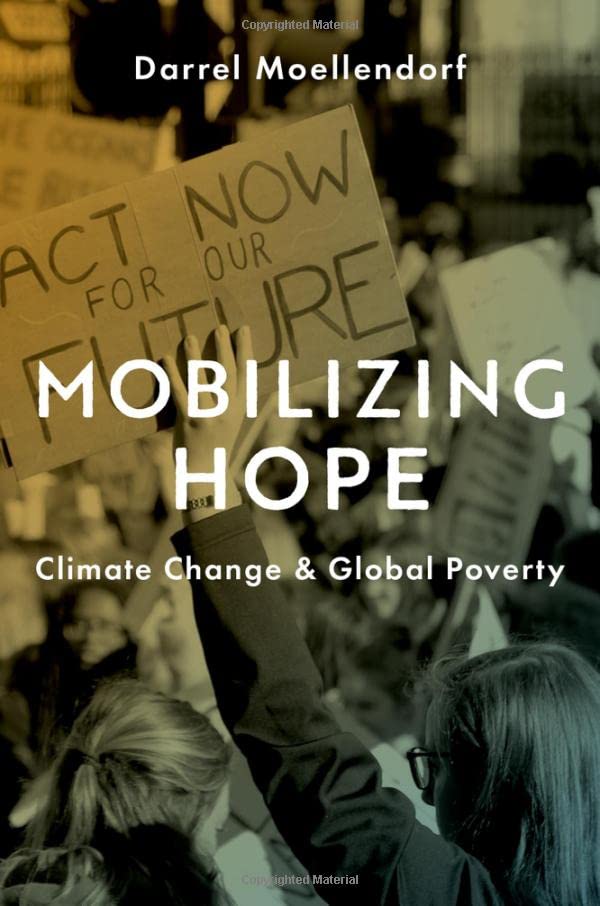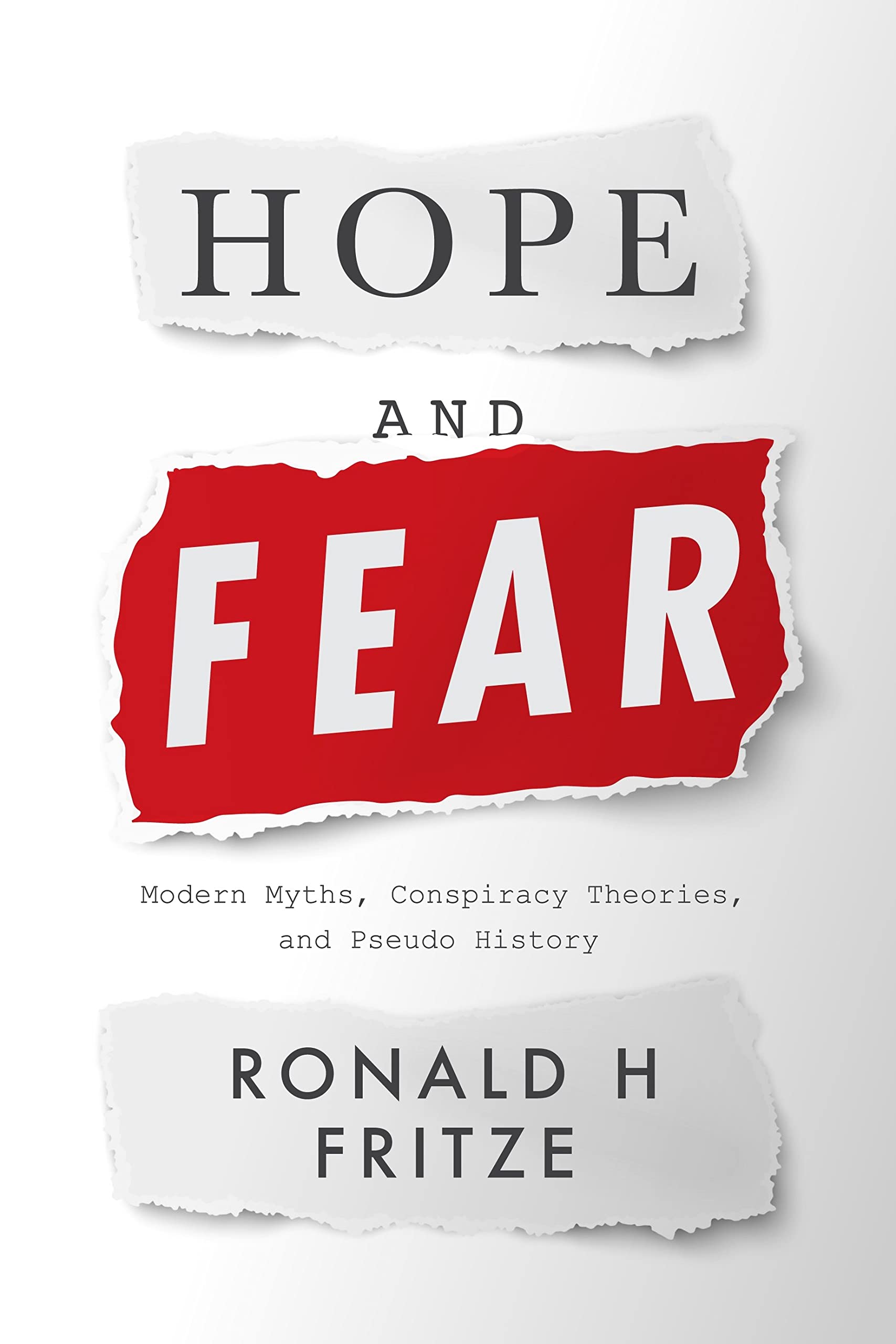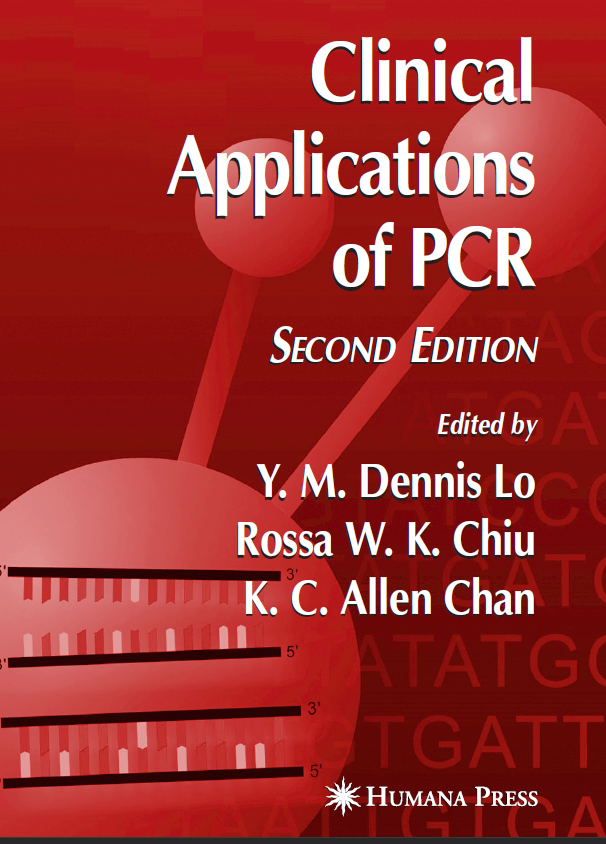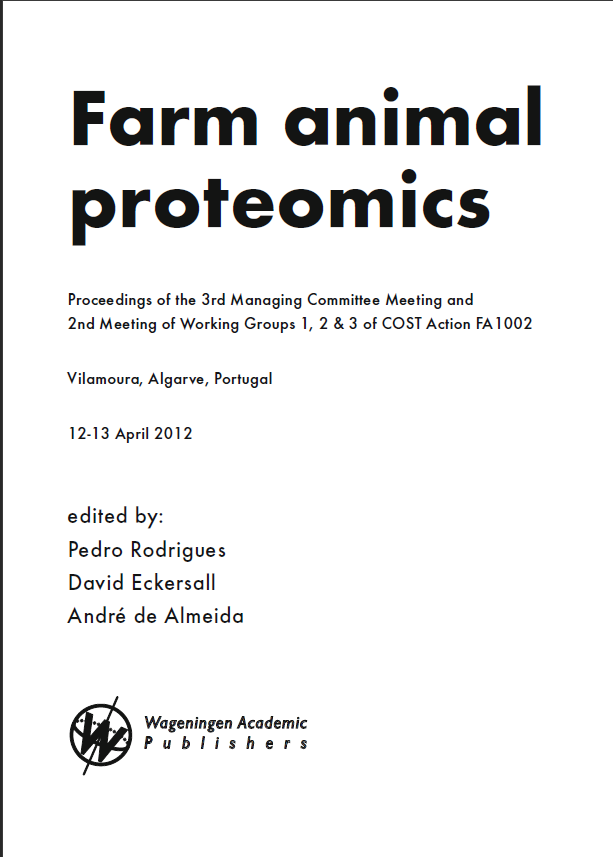موضوعات
آموزش و پرورش
ادبیات و زبان
پزشکی، دندانپزشکی و داروسازی
تاریخ و جغرافیا
داستان و رمان
دیگر
دین و فلسفه
روانشناسی
ریاضیات و آمار
سلامتی، تناسب اندام و رژیم غذایی
شیمی و پلیمر
علوم اجتماعی و حقوق
علوم زیستی و بیوتکنولوژی
فیزیک و نجوم
کامپیوتر و اینترنت
کتابهای کودکان و داستان
کسب و کار و اقتصاد
کشاورزی و دامپزشکی و غذا
معماری
مهندسی و فناوری
هنر و تئاتر
محصولات
Mobilizing Hope: Climate Change and Global Poverty - Original PDF
نویسندگان: خلاصه: The global climate crisis and other pressures on planetary ecology cause profound anxieties for humanity. Climate change threatens to trap hundreds of millions of people in dire poverty-widening the gap in an already deeply divided economy. However, a new generation of activists is offering inspiration, raising hopes in a seemingly hopeless situation. In Mobilizing Hope: Climate Change and Global Poverty, Darrel Moellendorf discusses climate change, global poverty, justice, and the importance of political responses, both internationally and domestically, that offer hope. While there are reasons to worry that the era of pervasive human planetary impact, the Anthropocene, could produce terrible global injustices and massive environmental destruction, that need not be so. Moellendorf contends that the work of bringing about a world united in creating sustainable solutions to environmental crises, that values the Earth's natural wonders, and actualizes a vision of economic justice, is the work of mobilizing hope.Hope and Fear: Modern Myths, Conspiracy Theories and Pseudo History - Original PDF
نویسندگان: خلاصه: Description: A myth-busting journey through the twilight world of fringe ideas and alternative facts. Is a secret and corrupt Illuminati conspiring to control world affairs and bring about a New World Order? Was Donald Trump a victim of massive voter fraud? Is Elizabeth II a shapeshifting reptilian alien? Who is doing all this plotting? In Hope and Fear, Ronald H. Fritze explores the fringe ideas and conspiracy theories people have turned to in order to make sense of the world around them, from myths about the Knights Templar and the Ten Lost Tribes of Israel, to Nazis and the occult, the Protocols of Zion and UFOs. As Fritze reveals, when conspiracy theories, myths, and pseudo-history dominate a society’s thinking, facts, reality, and truth fall by the wayside.Dread and Hope: Christian Eschatology and Pop Culture - Original PDF
نویسندگان: خلاصه: Description: Christianity was born in the midst of great expectation and fear about the world’s future. The existing Jewish paradigm of the coming Messiah, his antithesis, and the initiation of the coming age set the stage for Christian beliefs about the end of the current age. However, the unexpected death and resurrection of Jesus caused that paradigm to be reformed within the burgeoning Christian faith, reshaping hopes, and reworking old patterns. Dread and Hope explores the ways in which those old paradigms were challenged by Jesus’s death and resurrection, how the resulting eschatological landscape was understood within Christianity, and how modern popular culture has consumed and modified various components of Christian Hope. Joshua Wise examines how the central Christian eschatological themes such as the Antichrist, the Great Persecution, Heaven, and Hell have both been transformed and preserved in novels, television, films, and video games. Drawing on works such as 1984, Diablo, The Stand, What Dreams May Come, and the Fallout series, Dread and Hope considers how the human fears and desires shaped by Christian beliefs are expressed in popular culture.Biotechnology of Fruit and Nut Crops - Original PDF
نویسندگان: خلاصه: This book is a comprehensive reference work on our current knowledge of the biotechnology of all the major temperate, sub-tropical and tropical fruit and nut crops of the world. It is in part a new edition of Biotechnology of Perennial Fruit Crops$ (eds Hammerschlag and Litz, CABI, 1992), but differs from the previous book by covering more fruit crops as well as nuts, and also omitting general methods chapters. Contributors are leading researchers from the Americas, Europe, Australasia and Africa.Handbook of Fruits and Fruit Processing - Original PDF
نویسندگان: خلاصه: The processing of fruits continues to undergo rapid change. In the Handbook of Fruits and Fruit Processing, Dr. Y.H. Hui and his editorial team have assembled over forty respected academicians and industry professionals to create an indispensable resource on the scientific principles and technological methods for processing fruits of all types. The book describes the processing of fruits from four perspectives: a scientific basis, manufacturing and engineering principles, production techniques, and processing of individual fruits. A scientific knowledge of the horticulture, biology, chemistry, and nutrition of fruits forms the foundation. A presentation of technological and engineering principles involved in processing fruits is a prelude to their commercial production. As examples, the manufacture of several categories of fruit products is discussed. The final part of the book discusses individual fruits, covering their harvest to a finished product in a retail market. As a professional reference book replete with the latest research or as a practical textbook filled with example after example of commodity applications, the Handbook of Fruits and Fruit Processing is the current, comprehensive, yet compact resource ideal for the fruit industry.Naval Warfare A Global History since 1860 - Original PDF
نویسندگان: خلاصه: The modern age of naval warfare began with the combination of steam power, iron warships, and modern artillery in the mid-nineteenth century, to be rapidly joined by advanced mines, torpedoes, and submersible war craft. This combination launched a new period of acute naval competition. Moreover, this period was of marked international and geopolitical significance.Robbins & Cotran Pathologic Basis of Disease 9th Edition - Original PDF
نویسندگان: خلاصه: It is obvious that an understanding of disease mechanisms is based more than ever on a strong foundation of basic science. We have always woven the relevant basic cell and molecular biology into the sections on pathophysiology in various chapters. In this edition we go one step further and introduce a new chapter at the very beginning of the book titled “The Cell as a Unit of Health and Disease.”Clinical Applications of PCR (2nd Edition) - Original PDF
نویسندگان: خلاصه: In the second edition of Clinical Applications of PCR, we hope to share with readers the exciting applications of some of these innovations, including PCR for gene expression, methylation, trace molecule, gene dosage, and single cell analysis. It is hoped that the step-by-step protocols and the explanatory notes will help readers to harness the power of these techniques in their laboratories.آیا کتاب مورد نظر هنوز بر روی سایت قرار نگرفته است؟ جای نگرانی نیست! کافی است بر روی گزینه سفارش کتاب کلیک کرده و درخواست خود را ثبت کنید. در کمتر از چند ساعت کتاب شما را آماده خواهیم کرد.









